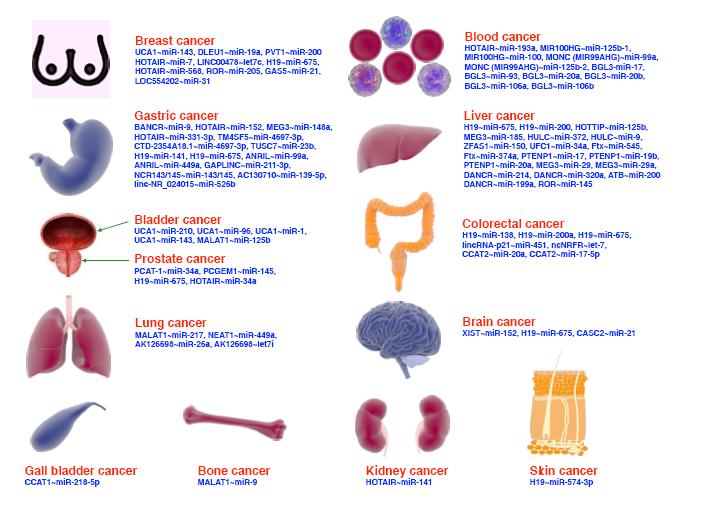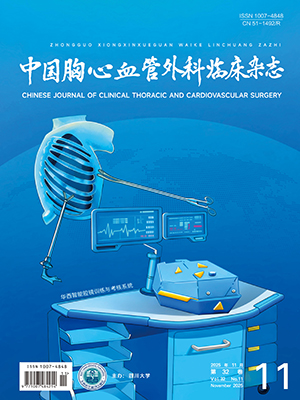| 1. |
中国心血管健康与疾病报告编写组. 中国心血管健康与疾病报告2021概要. 中国循环杂志, 2022, 37(6): 553-578.The Writing Committee of the Report on Cardiovascular Health and Diseases in China. Report on cardiovascular health and diseases in China 2021: An updated summary. Chin Circ J, 2022, 37(6): 553-578.
|
| 2. |
|
| 3. |
|
| 4. |
Chen Z, Jena SK, Giridharan GA, et al. Flow features and device-induced blood trauma in CF-VADs under a pulsatile blood flow condition: A CFD comparative study. Int J Numer Method Biomed Eng, 2018, 34(2): e2924.
|
| 5. |
Giersiepen M, Wurzinger LJ, Opitz R, et al. Estimation of shear stress-related blood damage in heart valve prostheses—In vitro comparison of 25 aortic valves. Intern J Artif Organs, 1990, 13(5): 300-306.
|
| 6. |
Yen JH, Chen SF, Chern MK, et al. The effect of turbulent viscous shear stress on red blood cell hemolysis. J Artif Organs, 2014, 17(2): 178-185.
|
| 7. |
Jhun CS, Stauffer MA, Reibson JD, et al. Determination of reynolds shear stress level for hemolysis. ASAIO J, 2018, 64(1): 63-69.
|
| 8. |
Jing T, Cheng Y, Wang F, et al. Numerical investigation of centrifugal blood pump cavitation characteristics with variable speed. Processes, 2020, 8(3): 293.
|
| 9. |
Ganushchak YM, Körver EP, Maessen JG. Is there a "safe" suction pressure in the venous line of extracorporeal circulation system? Perfusion, 2020, 35(6): 521-528.
|
| 10. |
|
| 11. |
|
| 12. |
|
| 13. |
Zhang T, Taskin ME, Fang HB, et al. Study of flow-induced hemolysis using novel Couette-type blood-shearing devices. Artif Organs, 2011, 35(12): 1180-1186.
|
| 14. |
Yu H, Engel S, Janiga G, et al. A review of hemolysis prediction models for computational fluid dynamics. Artif Organs, 2017, 41(7): 603-621.
|
| 15. |
|
| 16. |
Ozturk M, Papavassiliou DV, O'Rear EA. An approach for assessing turbulent flow damage to blood in medical devices. J Biomech Eng, 2017, 139(1): 011008.
|
| 17. |
Avci M, Heck M, O'Rear EA, et al. Hemolysis estimation in turbulent flow for the FDA critical path initiative centrifugal blood pump. Biomech Model Mechanobiol, 2021, 20(5): 1709-1722.
|
| 18. |
|
| 19. |
Selmi M, Chiu WC, Chivukula VK, et al. Blood damage in left ventricular assist devices: Pump thrombosis or system thrombosis? Int J Artif Organs, 2019, 42(3): 113-124.
|
| 20. |
Onder A, Incebay O, Sen MA, et al. Heuristic optimization of impeller sidewall gaps-based on the bees algorithm for a centrifugal blood pump by CFD. Int J Artif Organs, 2021, 44(10): 765-772.
|
| 21. |
|
| 22. |
Liu GM, Jin DH, Zhou JY, et al. Numerical investigation of the influence of blade radial gap flow on axial blood pump performance. ASAIO J, 2019, 65(1): 59-69.
|
| 23. |
Rezaienia MA, Paul G, Avital E, et al. Computational parametric study of the axial and radial clearances in a centrifugal rotary blood pump. ASAIO J, 2018, 64(5): 643-650.
|
| 24. |
|
| 25. |
Park J, Oki K, Hesselmann F, et al. Biologically inspired, open, helicoid impeller design for mechanical circulatory assist. ASAIO J, 2020, 66(8): 899-908.
|
| 26. |
|
| 27. |
荆腾, 潘爱娣, 顾发东, 等. 主动脉穿刺型轴流血泵折边结构叶轮的数值模拟及溶血分析. 排灌机械工程学报, 2024, 42(2): 109-117.Jing T, Pan AD, Gu FD, et al. Numerical simulation and hemolysis analysis of aortic perforating type axial bleeding pump with folded-edge structure impeller.J DrainIrrig Mach Eng, 2024, 42(2): 109-117.
|
| 28. |
Ghadimi B, Nejat A, Nourbakhsh SA, et al. Multi-objective genetic algorithm assisted by an artificial neural network metamodel for shape optimization of a centrifugal blood pump. Artif Organs, 2019, 43(5): E76-E93.
|
| 29. |
|
| 30. |
Huang B, Guo M, Lu B, et al. Geometric optimization of an extracorporeal centrifugal blood pump with an unshrouded impeller concerning both hydraulic performance and shear stress. Processes, 2021, 9(7): 1211.
|
| 31. |
|
| 32. |
Yu Z, Tan J, Wang S, et al. Multiple parameters and target optimization of splitter blades for axial spiral blade blood pump using computational fluid mechanics, neural networks, and particle image velocimetry experiment. Sci Prog, 2021, 104(3): 368504211039363.
|
| 33. |
Li Y, Yu J, Wang H, et al. Investigation of the influence of blade configuration on the hemodynamic performance and blood damage of the centrifugal blood pump. Artif Organs, 2022, 46(9): 1817-1832.
|
| 34. |
李驰培, 杨秀萍, 陈俊, 等. 中间导叶对轴流血泵流动特性的影响分析. 第十二届全国生物力学学术会议暨第十四届全国生物流变学学术会议, 西安, 2018.Li CP, Yang XP, Chen J, et al. Analysis of the influence of intermediate guide vanes on the flow characteristics of axial blood pump. Proceedings of 12th National Conference on Biomechanics and 14th National Conference on Biorheology, Xi'an, 2018.
|
| 35. |
|
| 36. |
|
| 37. |
Zhao ZX, Chen T, Liu XD, et al. Numerical investigation of an idealized total cavopulmonary connection physiology assisted by the axial blood pump with and without diffuser. CMES, 2020, 125(3): 1173-1184.
|
| 38. |
|
| 39. |
Wang Y, Shen P, Zheng M, et al. Influence of impeller speed patterns on hemodynamic characteristics and hemolysis of the blood pump. Appl Sci (Basel), 2019, 9(21): 4689.
|
| 40. |
Yamane T, Adachi K, Kosaka R, et al. Suitable hemolysis index for low-flow rotary blood pumps. J Artif Organs, 2021, 24(2): 120-125.
|
| 41. |
Wang S, Tan J, Yu Z. Shear stress and hemolysis analysis of blood pump under constant and pulsation speed based on a multiscale coupling model. Math Probl Eng, 2020, 2020(1922): 1-14.
|
| 42. |
|
| 43. |
Takashi yamane. Mechanism of artificial heart. Springer, Tokyo, 2016.
|
| 44. |
Zhang M, Tansley GD, Dargusch MS, et al. Surface coatings for rotary ventricular assist devices: A systematic review. ASAIO J, 2022, 68(5): 623-632.
|
| 45. |
Maruyama O, Nishida M, Yamane T, et al. Hemolysis resulting from surface roughness under shear flow conditions using a rotational shear stressor. Artif Organs, 2006, 30(5): 365-370.
|
| 46. |
|




